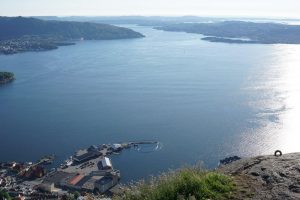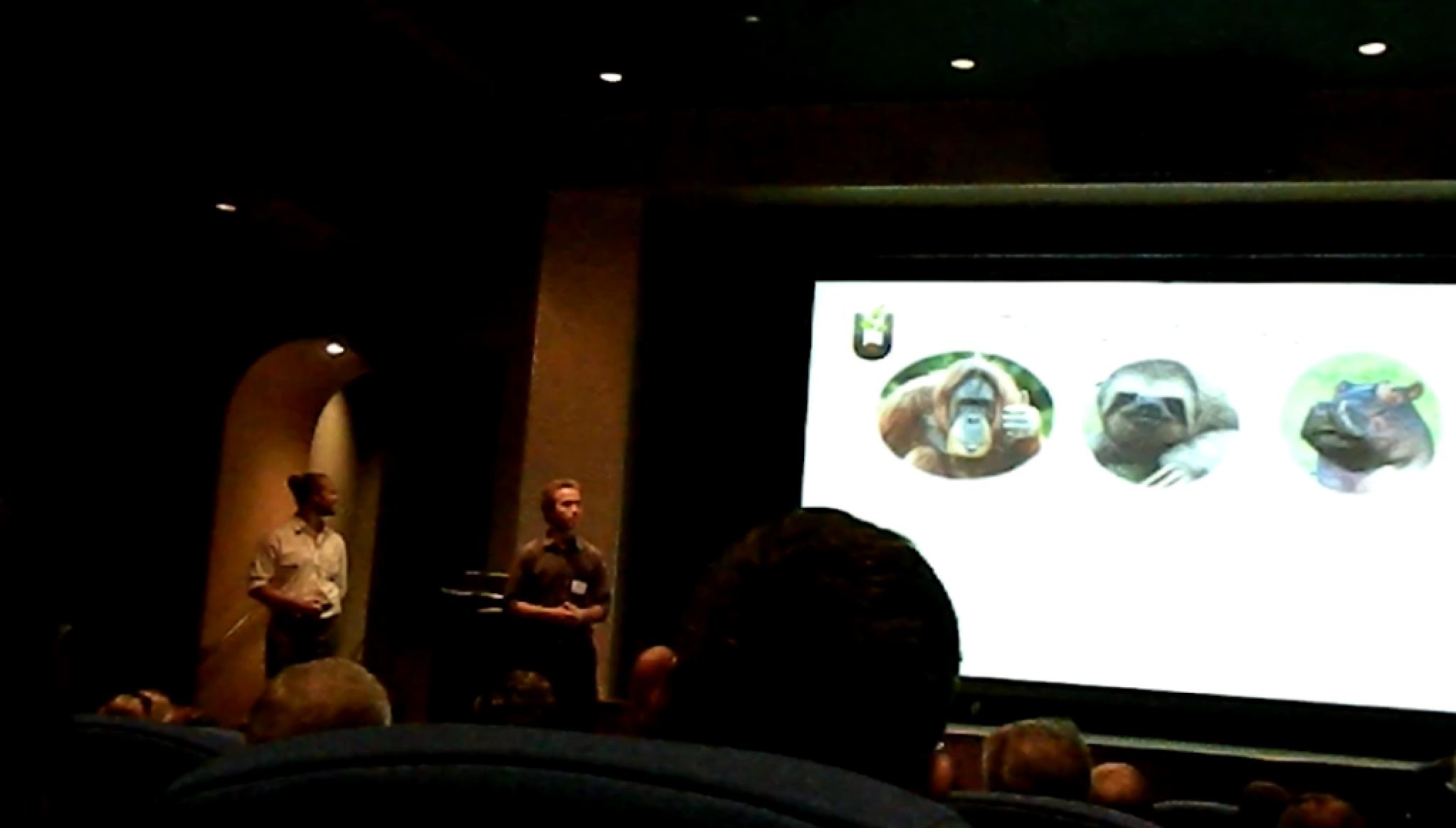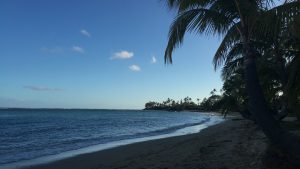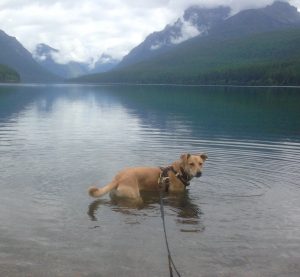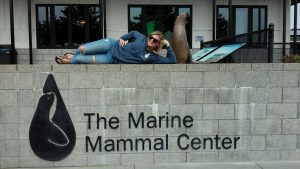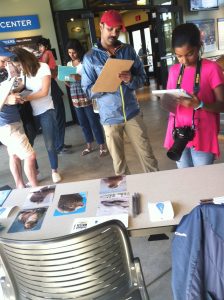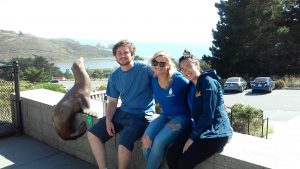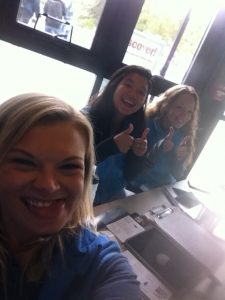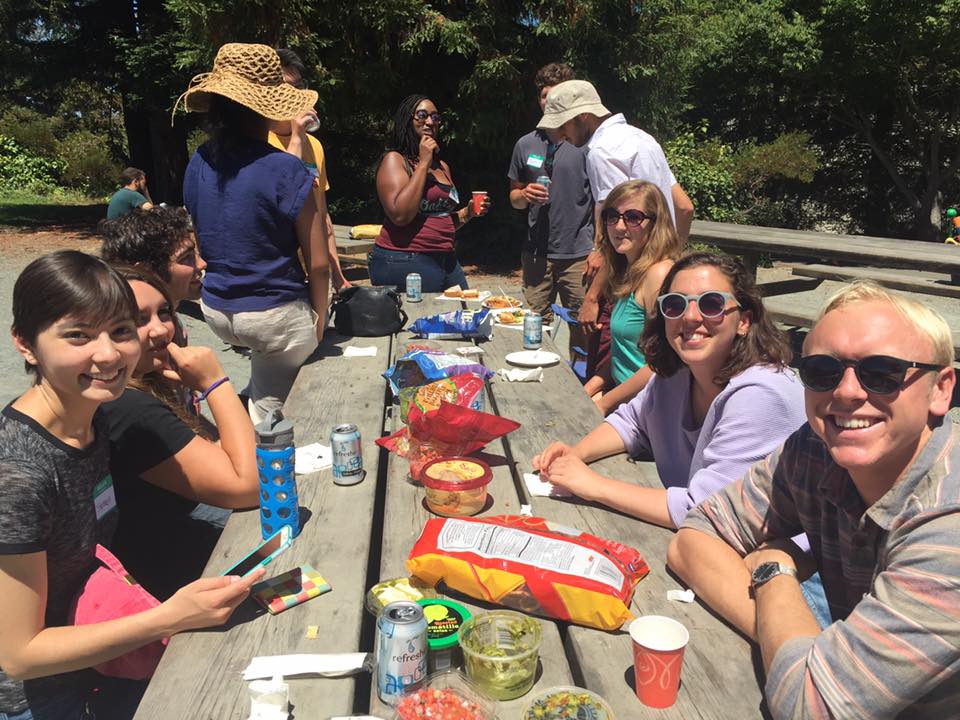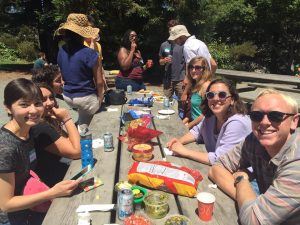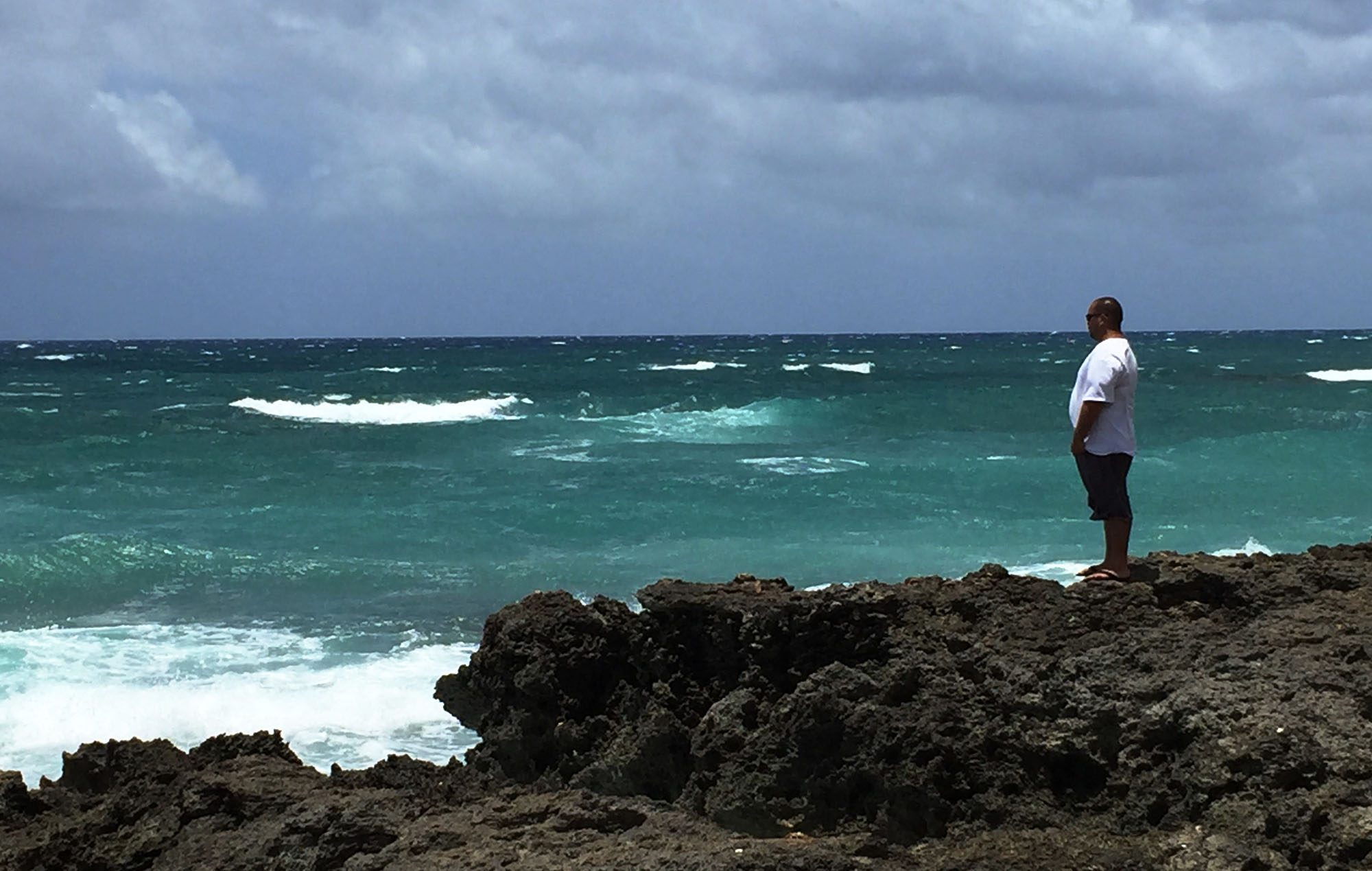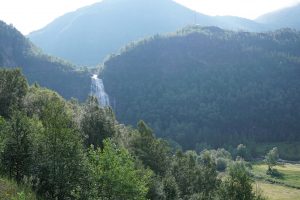

After three weeks with Mærsk Drilling I was lucky enough to have the opportunity to attend the Norwegian School of Economics (NHH) in Bergen, Norway through its partnership with MIIS. It was a two week course on Natural Resource Policy and Management: The Norwegian Model. The course was free of charge for attendance (thank you Norway!) and was great supplemental material for my internship with Mærsk Drilling. The course consisted mainly of teachings on fisheries management, oil and gas management, financial and physical energy markets, and how the Norwegian government has managed its natural resource endowment wisely in recent decades.
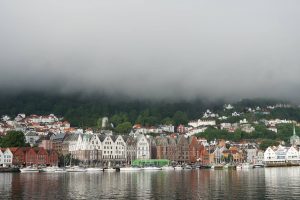
The people I have encountered throughout this course are from a myriad of different countries, schools, industries and personal backgrounds. Everyone fortified the fun and friendly, yet academically motivated, environment and really made the course the valuable experience it turned out to be. I can easily say I’ve made some friends at NHH that I will be staying in touch with for years to come.

Throughout the course those who organized it put on all kinds of events where people could escape their studies and enjoy the beautiful Norwegian atmosphere. It certainly helped that the first week of this course was blessed with beautiful, sunny weather. There were hikes, BBQs and city center outings after class where we had the chance to see more of Bergen’s history. On a few of these occasions some people actually went swimming in the North Sea! Who would have thought that the waters off the coast of Bergen weren’t all that far off from Californian waters!


Along with all the fun activities that were planned for all the students, we also had outings that were part of the course. We went to a fishery that showed us how sustainable Norwegian fish farms can be, a tour around Bergen when we first arrived, and a Statoil gas production plant (which we weren’t able to take photos of) just to name a few.
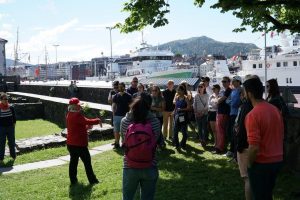
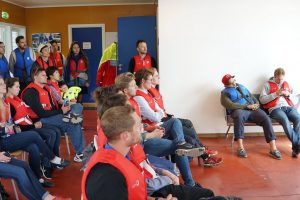
Now, having gone through this two week course I have both reinforced ideas and concepts I first learned at MIIS as well as walked away with a new and better understanding of successful resource management models. Although much of what I learned had a focus on government policies and management, I learned a lot about the energy market, as well with the mix of renewables, non-renewables, and the spot and day-ahead markets, which are extremely valuable when seeing where Mærsk Drilling fits into the larger picture.
I am extremely happy for taking the initiative on attending this course and so grateful to have had this opportunity provided by MIIS in the first place. Even though I will surely miss beautiful Norway, I can’t wait to see where this experience may lead me in the future.
